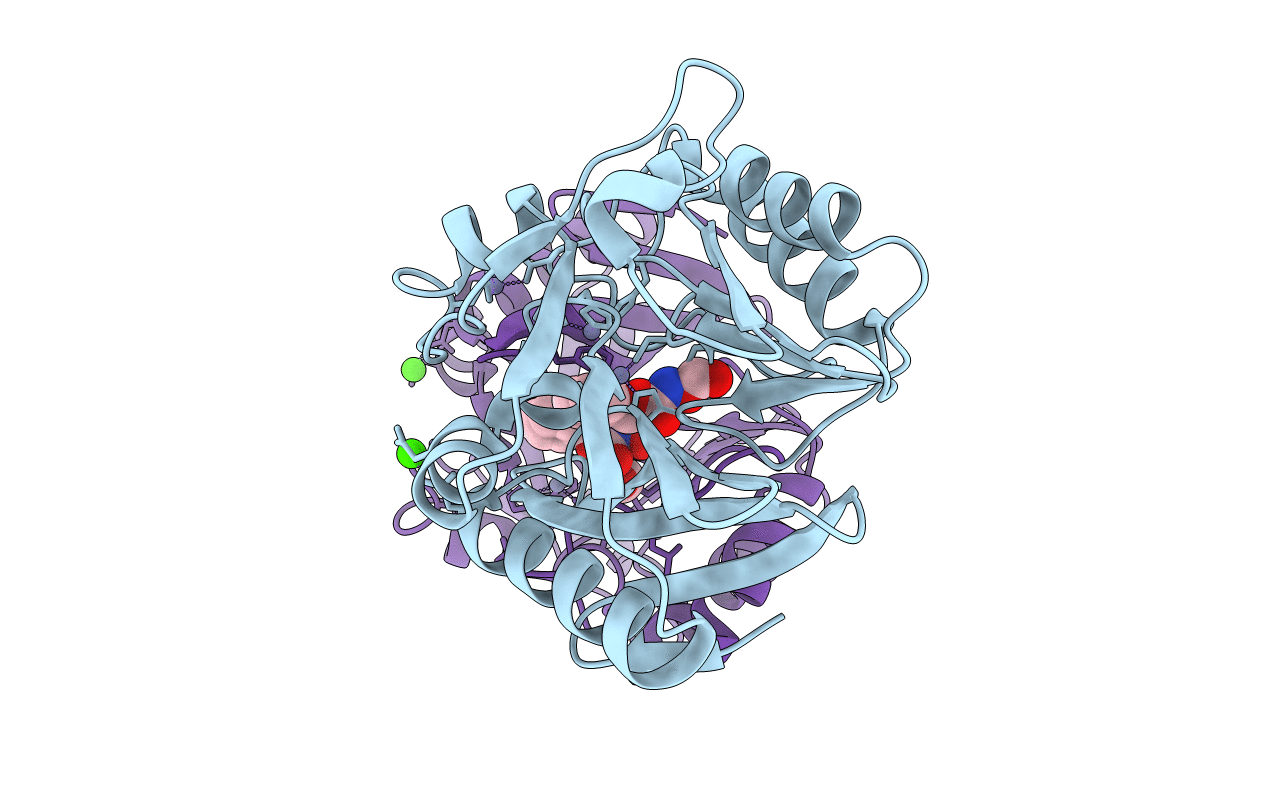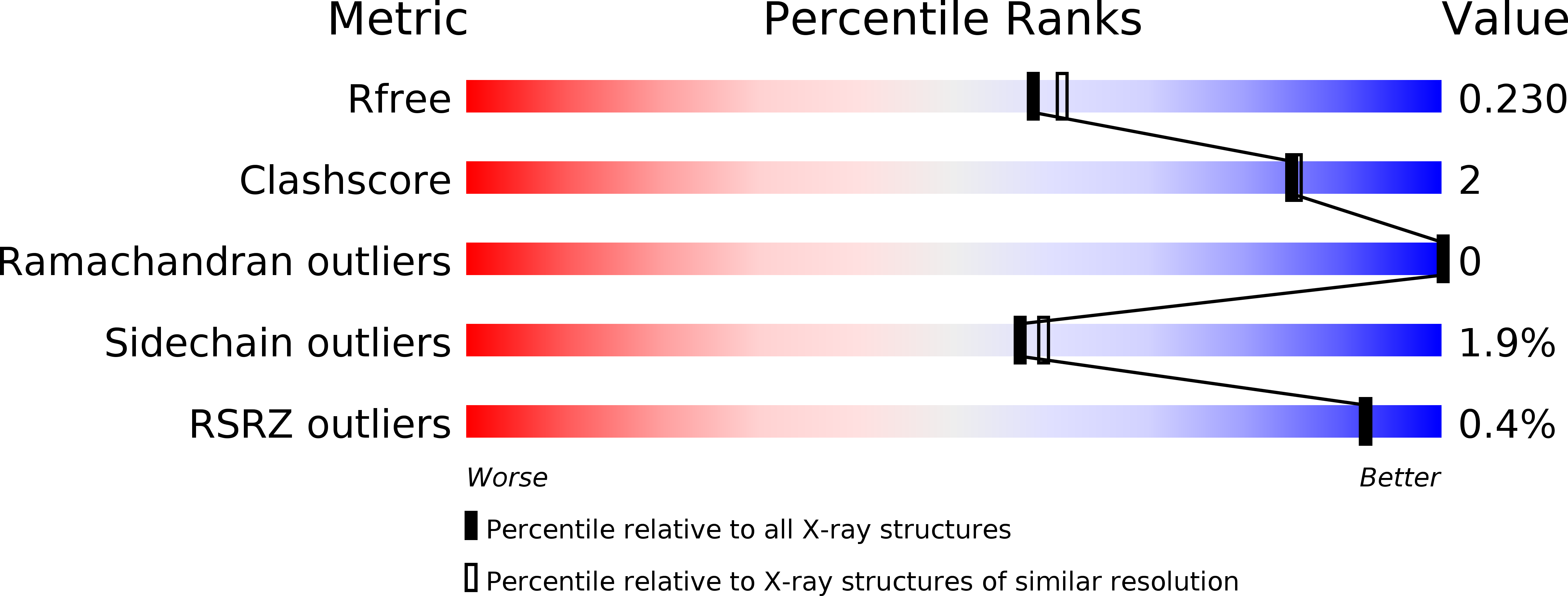
Deposition Date
2019-05-08
Release Date
2019-06-12
Last Version Date
2023-11-15
Entry Detail
PDB ID:
6OVZ
Keywords:
Title:
Crystal structure of the New Delhi metallo-beta-lactamase-1 adduct with a lysine-targeted affinity label
Biological Source:
Source Organism:
Escherichia coli (Taxon ID: 562)
Host Organism:
Method Details:
Experimental Method:
Resolution:
2.02 Å
R-Value Free:
0.23
R-Value Work:
0.18
R-Value Observed:
0.18
Space Group:
P 21 21 21


